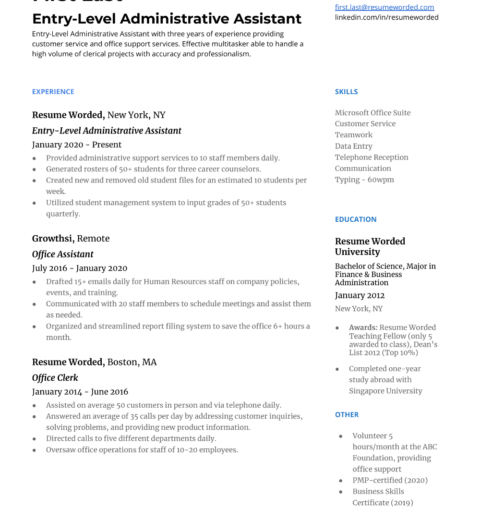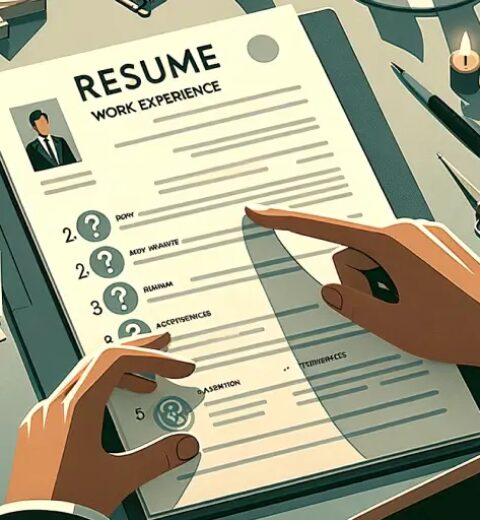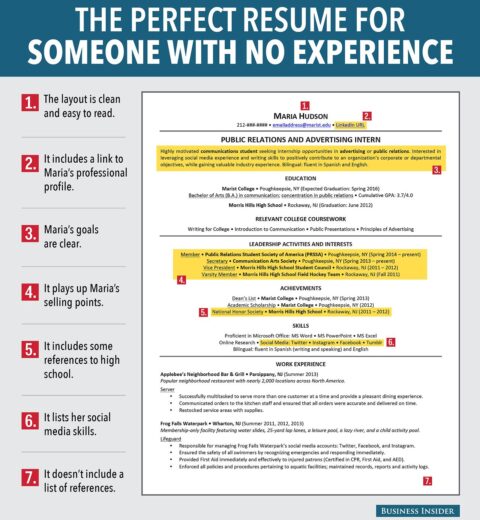Writing a resume can often seem like a daunting task. Have you ever wondered why this seemingly simple document can provoke such anxiety? It should be a straightforward representation of your professional self, yet many find themselves staring at a blank page, overwhelmed by uncertainty about where to begin. The challenge is not just in listing job experiences; it’s about weaving a narrative that highlights your unique qualifications. This beginner’s guide serves as your comprehensive resource to drafting a resume that not only captures attention but also compels prospective employers to delve deeper.
First, let’s start with the foundational elements of a resume. Each resume contains several core components: contact information, a professional summary or objective, work experience, education, and skills. Understanding these sections will help you structure your resume effectively.
Contact Information: Begin with your name, which should be prominently displayed at the top of the document. Follow this with your phone number, a professional email address, and your LinkedIn profile, if applicable. You may also consider including your physical address, although this has become less common in recent years. Ensure that all contact details are current and accurate; the last thing you want is for a potential employer to be unable to reach you.
Professional Summary or Objective: This section serves as your elevator pitch. A professional summary succinctly encapsulates your career qualifications and aspirations in a couple of sentences. This is particularly useful for experienced professionals who wish to showcase their expertise at a glance. Conversely, a resume objective outlines your career goals and how they align with the prospective employer’s needs, making it suitable for those at the beginning of their career. Crafting this section requires careful consideration; it should not be generic. Tailor your summary or objective to reflect the specific job you are applying for.
Work Experience: This is the heart of your resume. List your work history in reverse chronological order, beginning with your most recent position. For each job, include the title, company name, location, and dates of employment. Following this information, provide bullet points that highlight your responsibilities and accomplishments. Use action verbs—such as “developed,” “managed,” or “implemented”—to convey your contributions effectively. Moreover, quantify your achievements when possible; numbers provide concrete evidence of your impact. Instead of stating that you “led a team,” you might say you “led a team of 10, achieving a 20% increase in productivity over six months.” This technique adds depth and showcases your effectiveness.
Education: In this section, enumerate your educational background, starting with the most recent degree. Include the institution’s name, location, and graduation date. If you hold advanced degrees, there is no need to list high school information. Additionally, consider including relevant certifications or courses that bolster your professional profile, especially if they are pertinent to the job you are targeting.
Skills: The skills section is an opportunity to showcase both hard and soft skills that are relevant to the position. Hard skills might include technical proficiencies, such as knowledge of specific software or methodologies, while soft skills can encompass attributes like communication, leadership, or time management. Tailor this section to reflect the skills mentioned in the job description. This customization shows employers that you possess the qualifications they are seeking and enhances your chances of making it through applicant tracking systems (ATS).
Now that you have the fundamental sections outlined, let’s delve into some additional strategies that can elevate your resume from ordinary to exceptional.
Tailoring Your Resume: The importance of customization cannot be overstated. Many candidates make the mistake of sending out the same resume for every job application. Each position you apply for may require a different skill set or set of experiences. By tweaking your resume to align with the specific job description, you increase your chances of catching the hiring manager’s eye.
Aesthetics and Formatting: The visual aspect of a resume plays a significant role in first impressions. Use a clean, professional format that is easy to read. A popular choice is a combination of chronological and functional styles, which highlights both your experience and skills. Employ headings to delineate sections and utilize bullet points for easy skimming. Maintain consistency in font style and size, and ensure ample white space to enhance readability.
Proofreading: Once your resume is drafted, the importance of proofreading it cannot be stressed enough. Spelling or grammatical mistakes can create an impression of carelessness. Consider asking a friend or utilizing professional editing services to critique your work. An objective review can catch errors you may have overlooked and can provide valuable feedback on clarity and impact.
Final Touches: Before hitting “send,” ensure that your resume is saved in a universally compatible format, such as PDF. This prevents alterations in formatting when the document is opened on different devices. Additionally, always attach a personalized cover letter when applicable, reinforcing your interest in the position and providing more context about your qualifications.
Crafting a resume is a skill that improves with practice. This document reflects not just your work history but your strategic thinking and ability to market yourself effectively. So the next time you encounter a job listing that sparks your interest, ask yourself: Are you ready to embark on the challenge of creating a standout resume? Embrace the process, and you may find that it becomes a preferable pursuit rather than an intimidating task.




